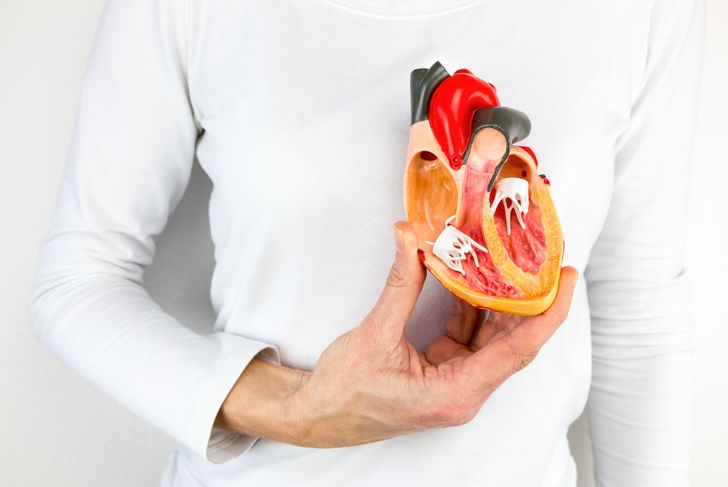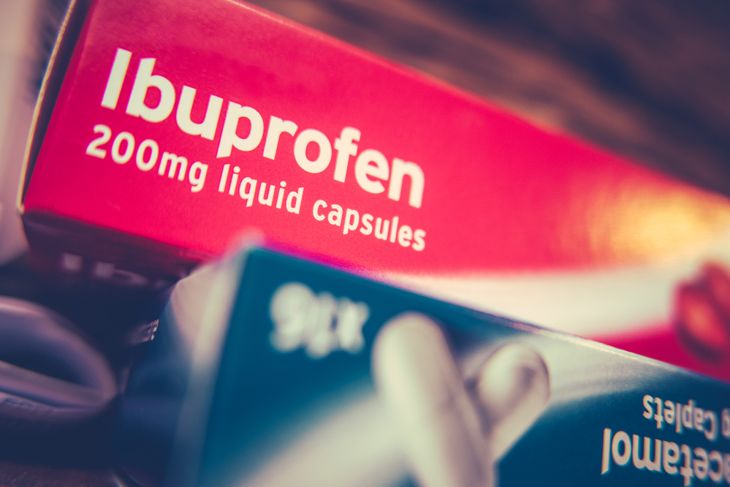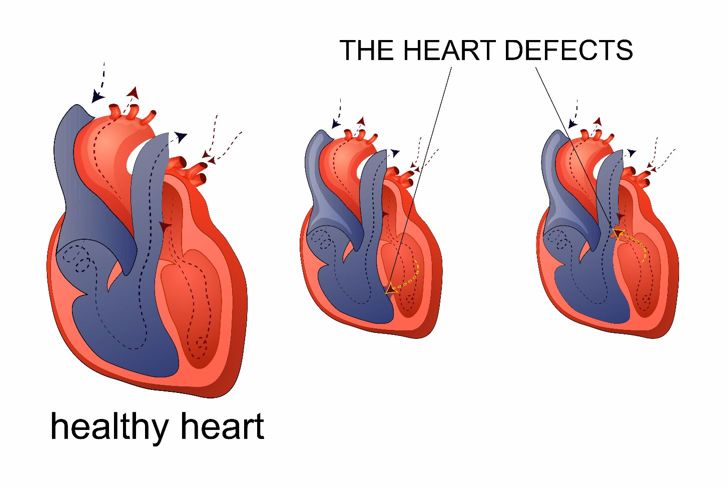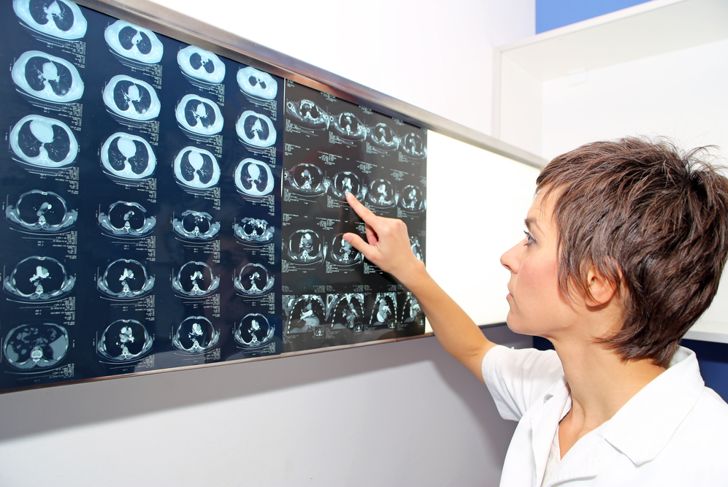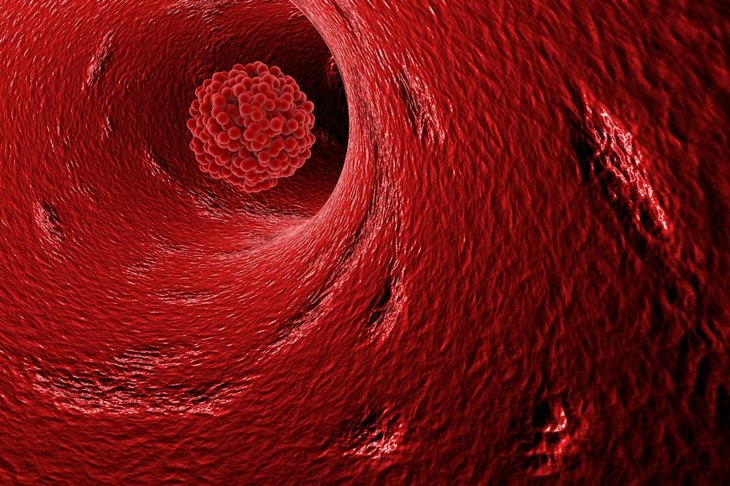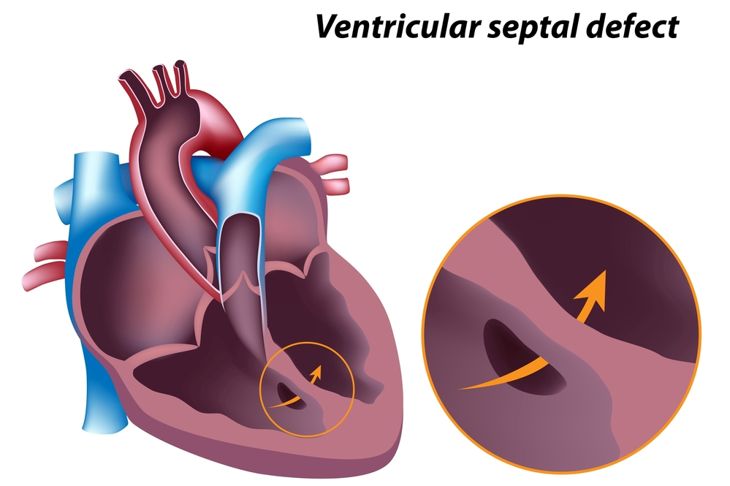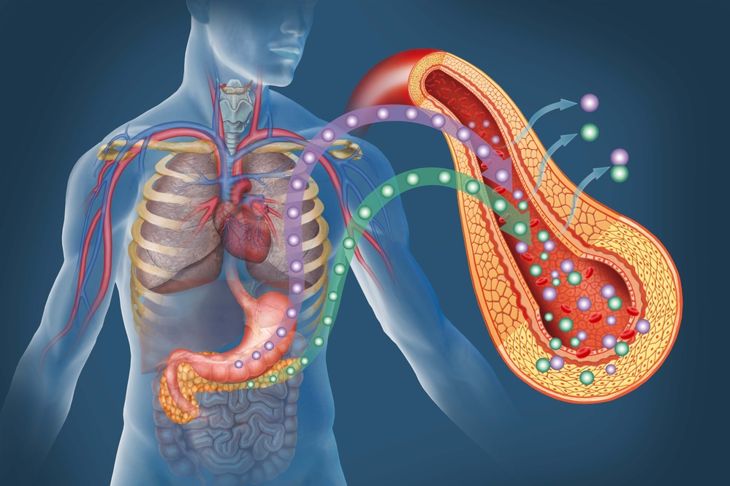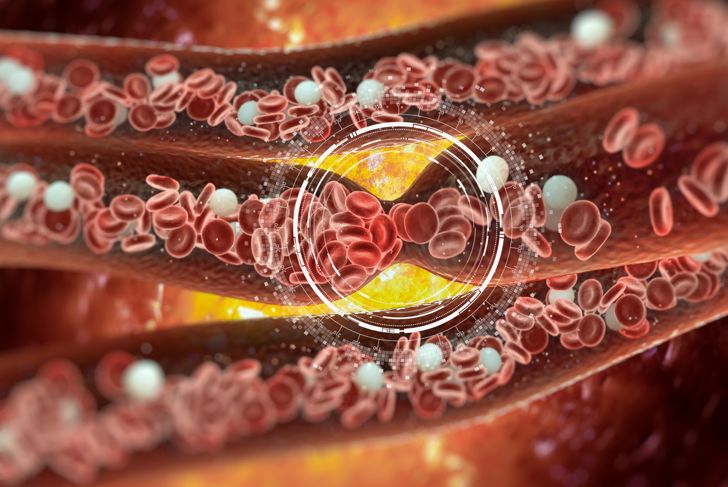Pulmonary arterial hypertension (PAH) is a rare, progressive life-threatening condition. The pulmonary arteries deliver blood from the heart to the lungs. The blood then gains oxygen in the lungs to better function in the rest of the body. In PAH the small arteries become constricted, or narrow. Diagnosis of PAH is relatively straightforward, but finding what causes it in the first place is more challenging. Treatment is then quite specific. It aims to slow the disease, as there is no cure and management can be difficult.
Gene mutation
There is a specific gene mutation in some families, which can cause pulmonary arterial hypertension. This is classified in Group 1 of pulmonary hypertension. It is also known as heritable pulmonary arterial hypertension (HPAH). This is a progressive disease and potentially fatal. This kind of mutation within predisposed genes is usually found as elevated pulmonary arterial resistance, which means it doesn’t let blood be pushed through the circulatory system. This lack of blood flow leads to failure of the right side of the heart chambers.
Certain drugs
Prolonged use of drugs such as cocaine and amphetamines can cause pulmonary arterial hypertension. Specific weight loss drugs, which are no longer used in the medical weight loss profession in the last decade, were commonly used in the 1990s were also a culprit of the onset of PAH, however. Other over the counter pain medications, known as NSAIDs (non-steroidal Anti-inflammatory pain medications), can also contribute to pulmonary arterial hypertension symptoms if used too regularly. These drugs include ibuprofen, naproxen, and Etodolac celecoxib. These medications can put pressure on the kidneys, promote fluid retention and worsen any kidney problem that may already exist.
Heart abnormalities
Present at birth, heart abnormalities play a large role in the development of pulmonary material hypertension. Known as congenital heart disorders, or defects, there is the possibility of surgery on an infant with the defect. Surgery on a baby’s heart is always going to difficult for all parties involved, but if left unrepaired it can lead to further problems. Not only PAH but also many other problems in life such as increased pulmonary vascular resistance and obstructive arteriopathy.
Left side heart disease
If a patient suffers a failure of the lower left heart chamber, which is the left ventricle, then it is considered to be pulmonary arterial hypertension caused by left-sided heart disease. This is considered to be in group 2 of causes. Left side heart failure is the most common cause of this kind of pulmonary hypertension. Diseases categorized in this group include mitral valve and aortic valve disease. Mitral valve is the valve that sits between the heart’s upper and lower chambers; the aortic valve connects the main heart chamber and your major artery. These problems may be a defect at birth or come from disease, either way; they should be able to be repaired with surgery.
Lung disease
Pulmonary hypertension can be caused when the blood pressure in the lungs becomes elevated abnormally. Lung disease can cause this problem, therefore, leading to PAH. Lung diseases such as emphysema and pulmonary fibrosis are two of the major factors for group 3: pulmonary hypertension caused by lung disease. Also included in this category are interstitial lung disease, sarcoidosis, histiocytosis X, cystic fibrosis and pulmonary fibrosis. Sleep disorders and sleep apnea also contribute to lung problems and the onset of pulmonary arterial hypertension.
Chronic blood clots
Blood clots are a culprit of many blood flow problems in the body. If in the arteries they can lead directly to heart failure. Chronic blood clots found in the lungs, medically known as pulmonary emboli, can lead to PAH. However, even the scars from previous blood clots can cause symptoms. These scars block, or significantly narrow, the pulmonary arteries, which leads to blood flow problems and pressure. This is called chronic thromboembolic pulmonary hypertension. This condition can be exceedingly dangerous as the scar is deformed tissue that is attached to the lining of the artery wall, and it cannot be moved along or ruptured to relieve the blockage of flow.
Hole in the heart
If you have a hole in your heart, between the two lower heart chambers, or ventricles, this is called Eisenmenger syndrome. This is a type of congenital heart disease which referrers to a ventricular septal defect in the heart and leads to PAH. The hole causes the blood to the heart to flow abnormally, or not circulate properly. This means the red blood cells, which carry oxygen) mix with the blue blood cells (oxygen-poor blood) and flows to the lungs instead of going to the rest of your body. This increases pressure greatly in the pulmonary arteries and causes PAH.
Disorders
Medical disorders associated with pulmonary arterial hypertension include blood disorders, metabolic disorders like glycogen storage disease and disorders, which affect organs in the body, such as sarcoidosis and tumors in the artery which block blood flow. It is medically unclear exactly why these several disorders of the body lead to PAH. More research is being held as to why it occurs, and as to what precautions can be taken to avoid the linking of PAH to these conditions.
High Altitudes
Low levels of oxygen in the blood can also cause pulmonary arterial hypertension. Obstructive sleep apnea (OSA) is a condition that affects your breathing when you are asleep and can result in PAH. This is also the case for those mountain climbers who spend much of their time in high altitudes. After a rapid ascent to high altitudes, it is harder to breathe. It has been described as if the air often feels ‘thin’ to breathe when up so high. Which means there is not as much oxygen in it because it is less compressed. Mountain climbers need to trek carefully and keep their lungs in good shape with regular trips to the doctor.
Cause Unknown
In rare cases the direct cause of the onset of PAH is unknown. This case does still, however, have its own name; it’s called idiopathic pulmonary arterial hypertension (IPAH). IPAH is much rarer than PAH, and it occurs in around one in every million PAH patients per year. More common in women and young adults, there is still research being conducted to find any links PAH has with any other condition in the body. We do know, however, that it has no link to pulmonary high blood pressure.

 Home
Home Health
Health Diet & Nutrition
Diet & Nutrition Living Well
Living Well More
More